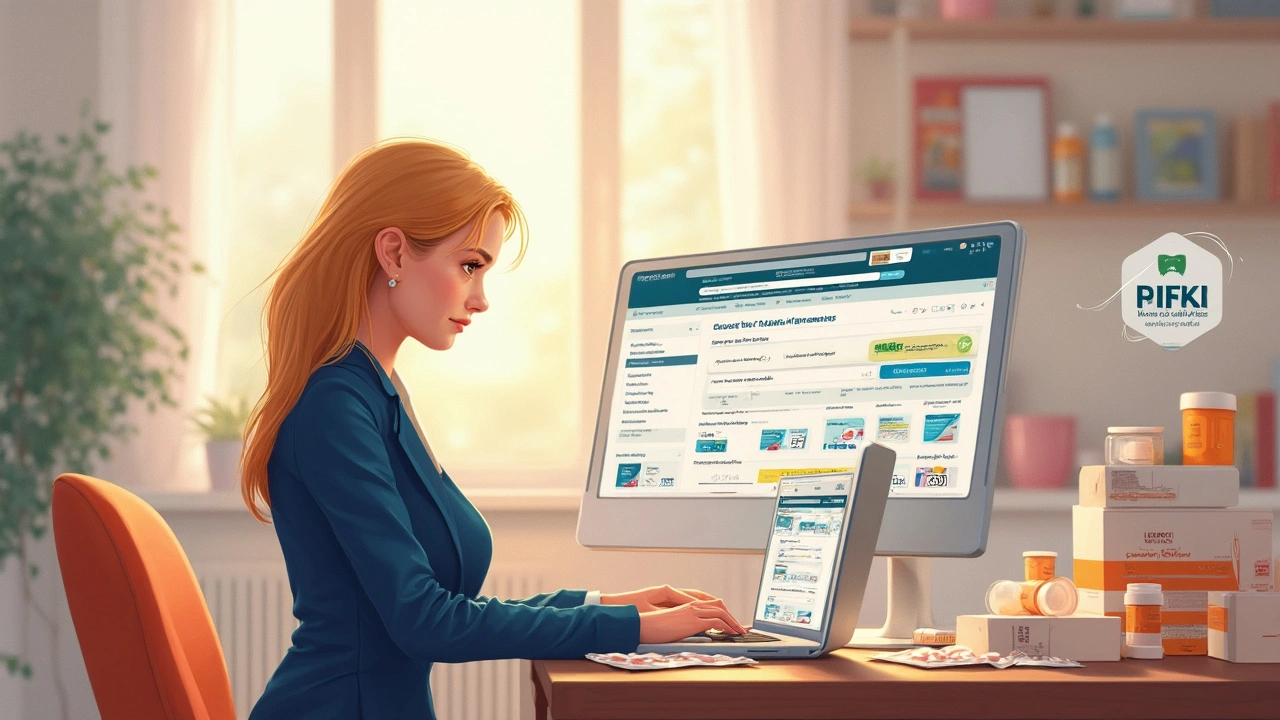Prescription Drug Pricing: How to Cut Costs on Medications
Prescription drug pricing often feels confusing and unfair. You see different prices for the same pill at different places, and insurance math can make your head spin. This page explains how drug prices get set and gives clear, practical steps to lower what you pay today.
Why prices jump around
Three main forces shape the price: the manufacturer list price, middlemen like pharmacy benefit managers (PBMs), and the pharmacy’s markup. Manufacturers set an initial price. PBMs negotiate rebates and decide which drugs are “preferred” on your plan — that affects your copay. Pharmacies then add their dispensing fees. Add insurance deductibles and co-insurance, and the number you pay at the counter can look very different from the sticker price.
Generic versions are usually cheaper because competition pushes prices down. If a drug is brand-only, expect higher costs until generics appear or a manufacturer drops price. Patent timelines and supply chain issues can also cause sudden price spikes.
Practical ways to pay less
Ask your prescriber for a generic or an equally effective alternative. Often doctors can switch to a cheaper option that works the same. If your medicine is brand-only, ask about sample packs or shorter trial fills while you explore savings.
Use price-check tools before you buy. Sites and apps compare local pharmacy prices and show cash vs. insured costs. Sometimes paying cash with a coupon beats your insurance copay. Coupons from manufacturers or pharmacy chains can cut hundreds off brand-name drugs.
Look into patient assistance programs. Many drug makers offer income-based help for costly medicines. Nonprofits and disease foundations also run grant-style programs for eligible people. Your clinic’s social worker or pharmacist can help you apply.
Consider a 90-day supply if your drug is stable and you have the cash or insurance benefit. Longer fills usually lower per-month cost and reduce copay frequency. Mail-order pharmacies can be cheaper for chronic meds, but check shipping times and storage rules.
If you travel or live abroad part-time, compare international prices carefully. Licensed pharmacies in some countries sell the same meds for less. Make sure the pharmacy is legitimate and that importing the drug doesn’t break local laws or safety rules.
Negotiate with your pharmacy. It sounds odd, but pharmacists can offer savings, suggest therapeutic alternatives, or point you to discounts. If insurance denies coverage, ask your provider for a prior authorization or appeal — sometimes a simple letter from your doctor does the trick.
Prices change. Recheck costs after a few months, especially when your plan renews. Small changes in coverage or a new generic launch can drop your bill significantly. Keep the conversation open with your pharmacist and prescriber — they can steer you toward the best, safest savings for your situation.
NorthWest Pharmacy vs Online Competitors: 2025 Price, Safety, and Shipping Review
This article digs deep into how NorthWest Pharmacy stacks up against leading online competitors in 2025, focusing on critical aspects like pricing, safety, and shipping speed. You'll get real data, clear details on what accreditation means, and tips for safe online medicine orders. We break down which pharmacies are truly affordable, which are quick, and how safe it is to trust your next refill to a web-based store. If you've ever questioned how legit NorthWest Pharmacy or its rivals are, you’ll find real answers here. Learn how to dodge risks and find the smartest deals online.
View More
